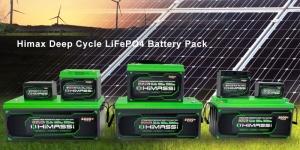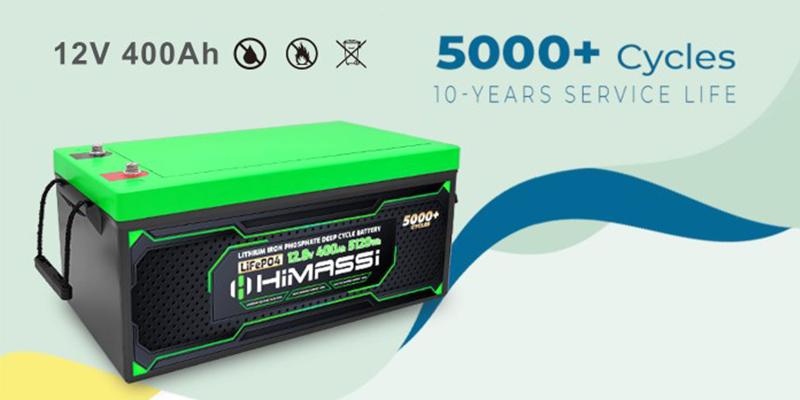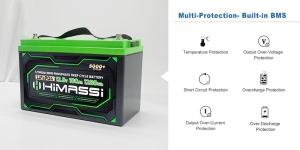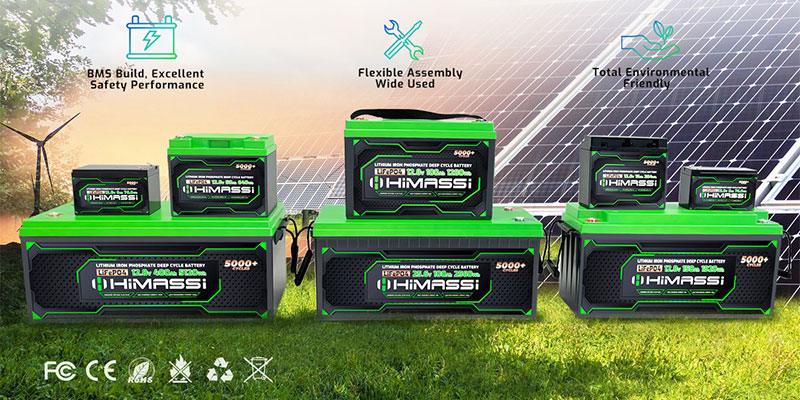In the world of batteries, understanding the state of charge is critical for maintaining their longevity and efficiency. A 12-volt battery, commonly used in cars, boats, and solar panel systems, is a staple in various applications. Knowing what voltage it should read when fully charged not only helps in maximizing its utility but also ensures the safety and operational reliability of the device it powers.
Introduction to 12 Volt Batteries
A 12-volt battery is often referred to as a lithium battery, which is one of the most prevalent types used in automotive and solar applications.
Despite the name, a s rd 12-volt battery will typically provide a slightly higher voltage when fully charged.
This characteristic is crucial for the proper functioning of the battery and the equipment it operates.
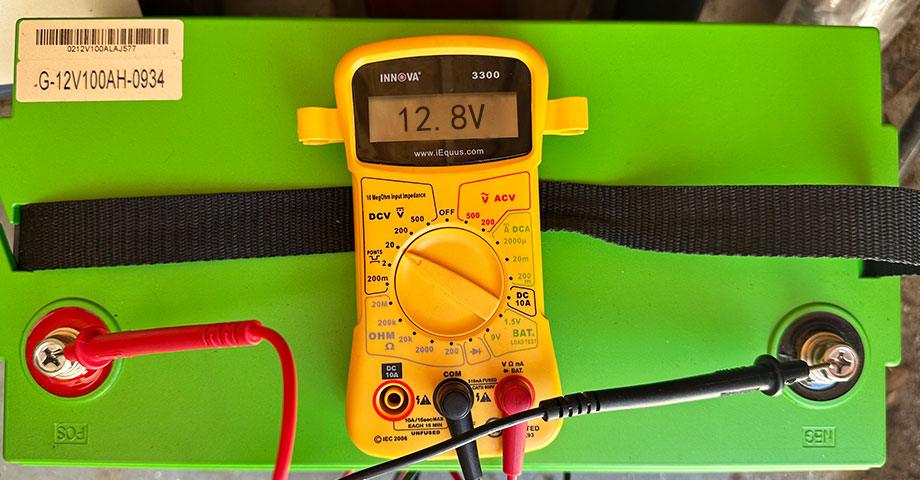
Understanding Voltage and Charge Levels
Voltage in a battery is like a snapshot of its health and charge level. For a 12-volt LiFePO4 battery, the fully charged voltage and the state of discharge go hand in hand:
12.8 volts and above: At rest (no load condition and no recent charging), a reading of 14.2 volts or more usually indicates a fully charged battery.
13.3 volts: Represents about 75% charge and is sufficient for most operational needs.
13.2 volts: Shows about 50% charge, a critical midpoint where you might want to consider recharging to avoid deep discharge states.

Charging to Full Capacity
Ensuring that a 12-volt battery reaches its optimal charge level involves not only using the right charger but also understanding the charging process:
Stage1: Bulk Charge – This stage brings the battery up to approximately 80% of its full capacity by applying a high charge rate. Voltage gradually increases while closely monitoring the temperature to prevent overheating.
Stage 2: Absorption Charge – The charger reduces the current and allows the voltage to reach its peak at around 14.4 to 14.8 volts for a typical lead-acid battery. This stage completes the charging up to near 100%.
Stage 3: Float Charge – Finally, the charger lowers the voltage and provides a small current to keep the battery at 100% charge without overcharging it. The voltage in this stage should be about 13.6 to 13.8 volts.
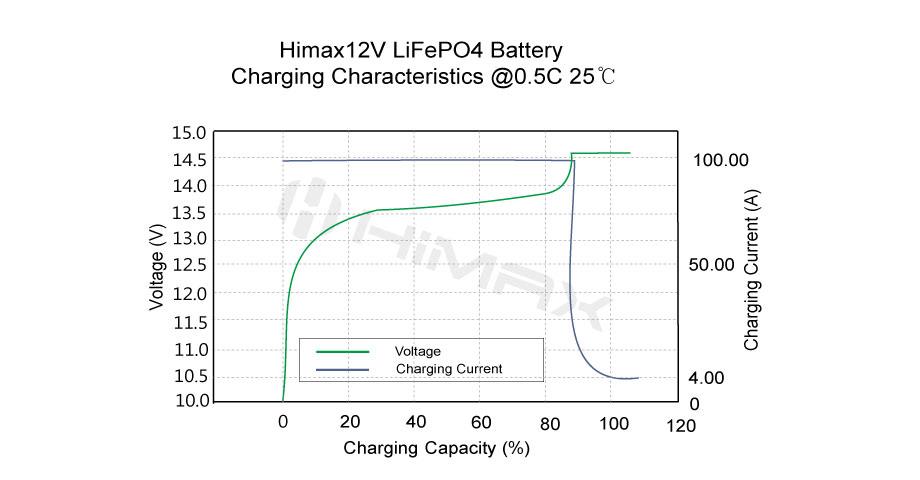
Maintaining Your Battery
Proper maintenance of a 12-volt battery is essential for extending its life and ensuring it consistently performs well:
Regular Checking: Frequent voltage checks with a reliable multimeter can prevent overcharging or deep discharge, which are detrimental to battery health.
Clean Connections: Ensure that the battery terminals are clean and corrosion-free to provide good electrical connectivity.
Proper Storage: When not in use, store the battery in a cool, dry place and periodically charge it to keep it from entering a deep discharge state.
Conclusion
Knowing what a fully charged 12-volt battery should read is vital for anyone relying on battery-powered equipment. With proper understanding and maintenance, you can ensure that your 12-volt batteries serve you well for years to come.
Whether you’re a boating enthusiast, a car owner, or manage a bank of solar batteries, keeping the battery fully charged and well-maintained is your key to uninterrupted power supply and operational efficiency.
